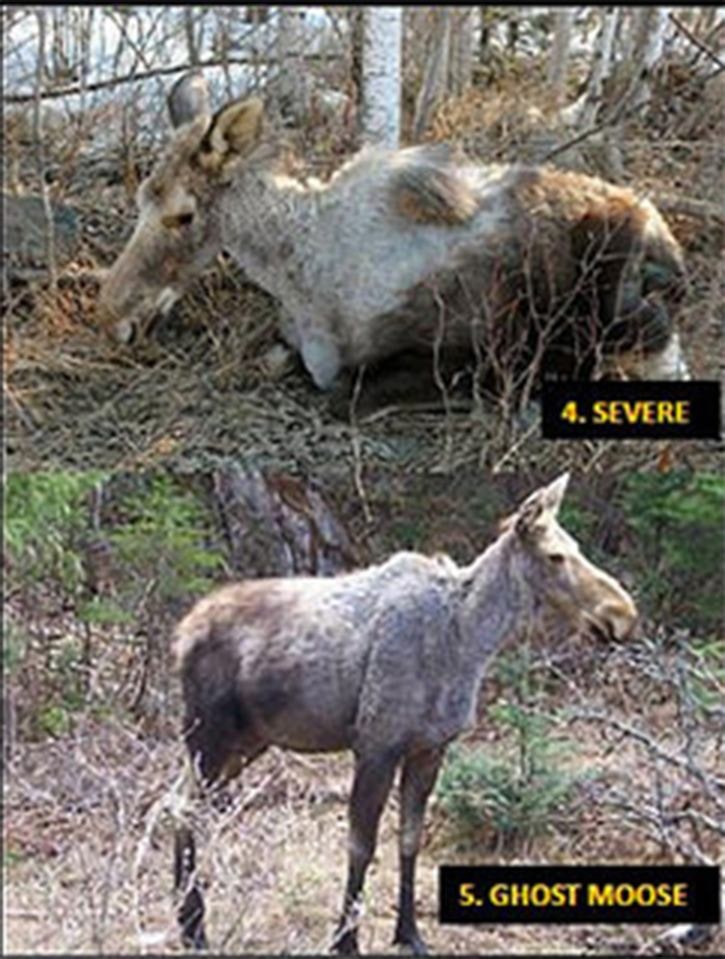Members of the public are once again being asked to help document moose winter tick infestations by completing and submitting an online moose winter tick survey before April 30, 2016.
The extent of hair loss on a moose is a rough indicator of how many ticks are present and can be observed easily from a distance. Tick infestations can sometimes result in severe behavioural and physiological changes and directly impact the survival rates of moose - especially young animals.
The survey will help B.C.'s wildlife health staff monitor the number of moose affected with these ticks and the extent to which they affect moose around the province.
Survey participants are asked to observe the amount of hair loss, if any, occurring on moose and check the survey box which most describes the animal - ranging from "no loss" to "ghost" which means hair loss over most of the body or 80 per cent of winter hair.
Winter tick infestations are generally observed on moose from February through April.
In 2015, the province received 361 reports between Jan. 10 and April 30. Most of the reports were from the Skeena, Omineca and Peace regions.
According to Greig Bethel, a Spokesperson with the Ministry of Forests, Lands and Natural Resource Operations, in 2015 infestations appeared to be most severe in the Omineca region, where 63 per cent of moose observed exhibited some degree of hair loss. In the Skeena region, 49 per cent of moose observed had some degree of hair loss. Bethel said these numbers are consistent with historic data.
Anyone interested in contributing to the surveillance program can obtain a copy of the survey by contacting Dustin Walsh at flnrmooseticksurvey@gov.bc.ca, 250 617-0725, or by linking to http://www.env.gov.bc.ca/fw/public-consultation/moose-winter-tick/
